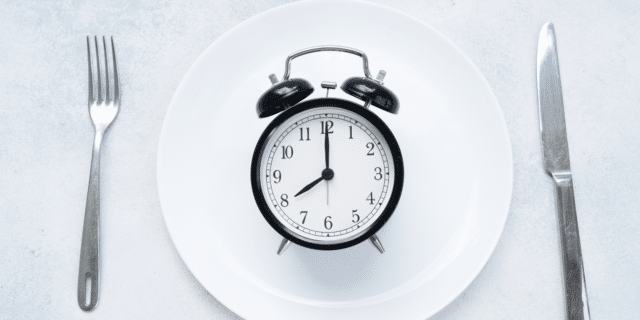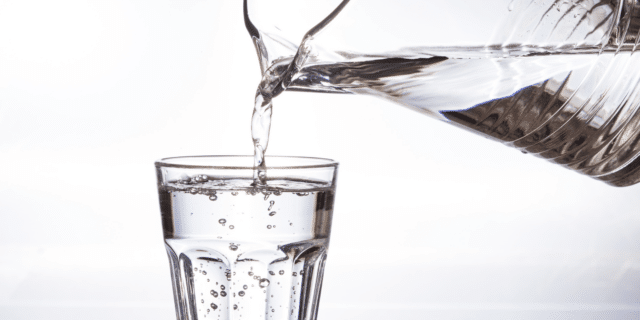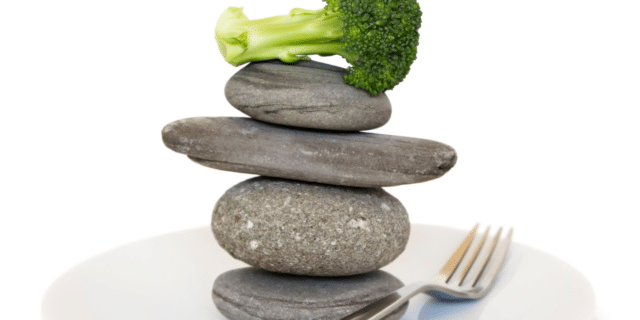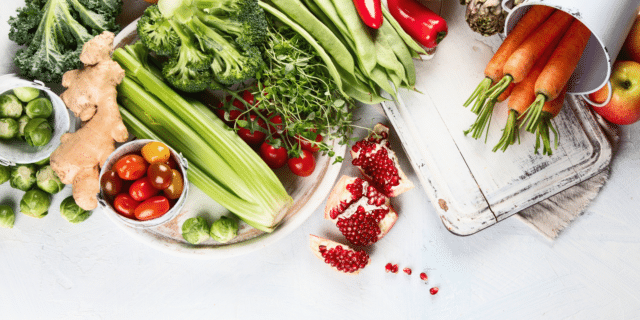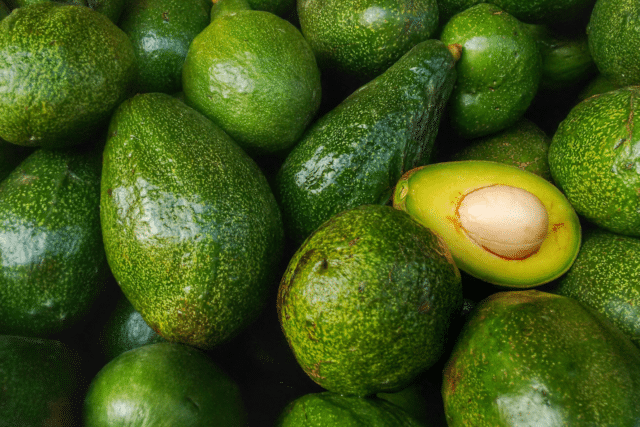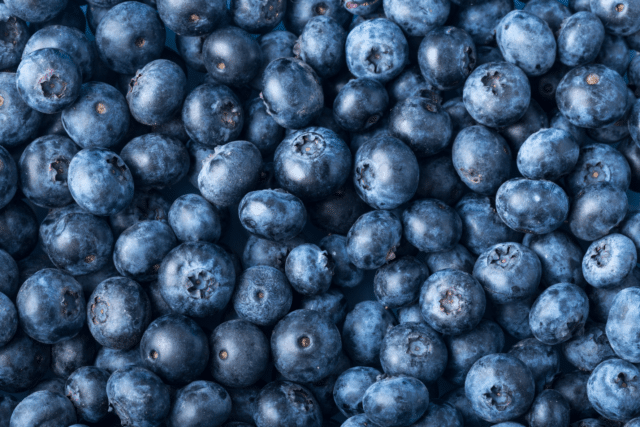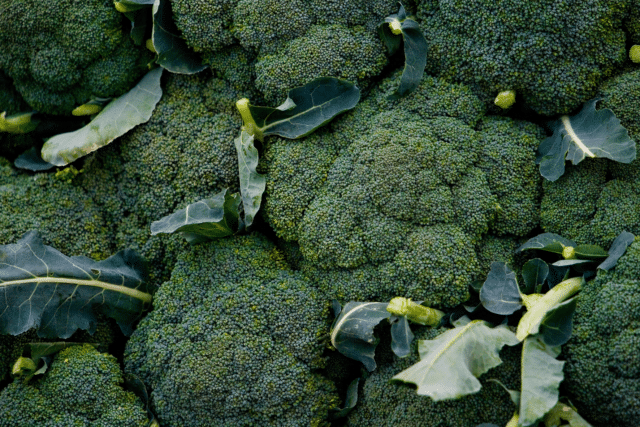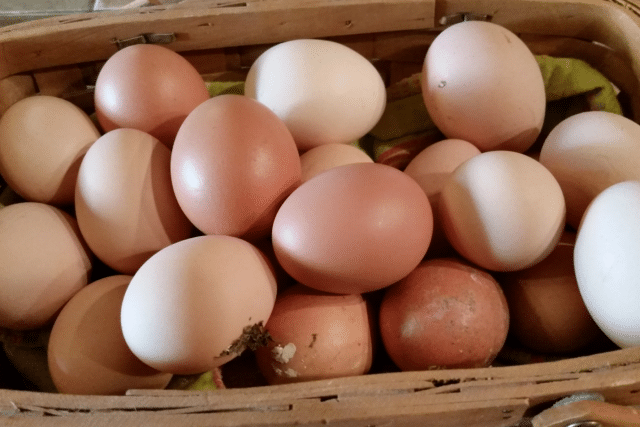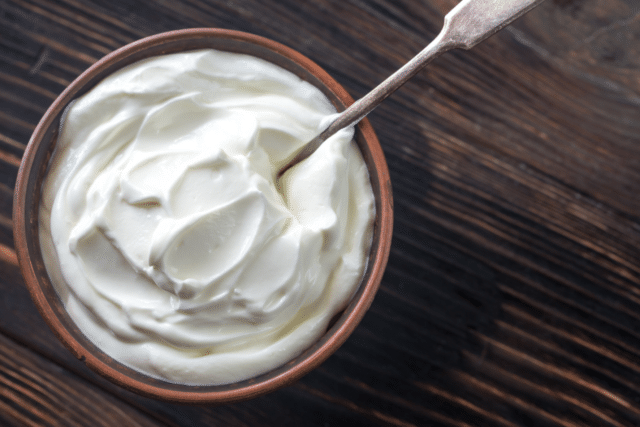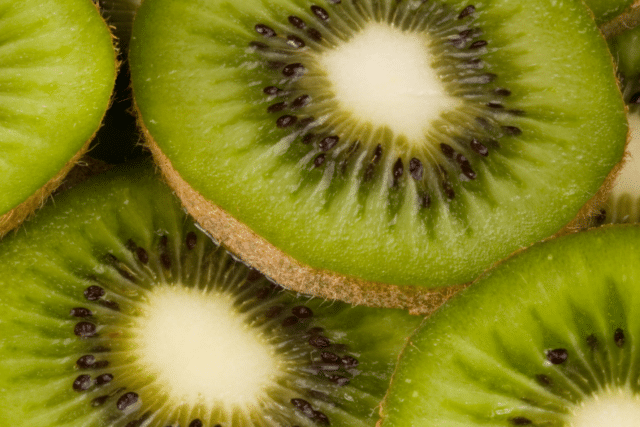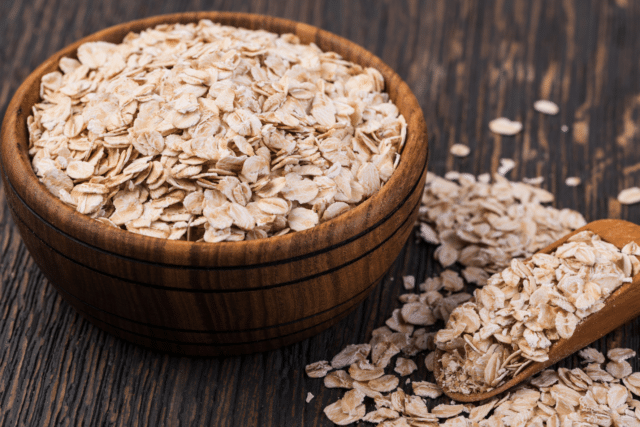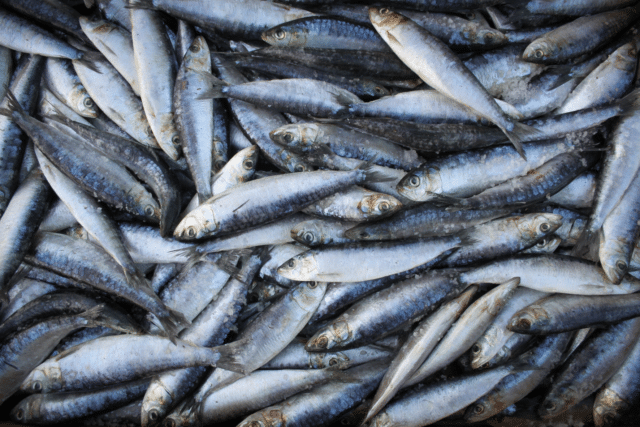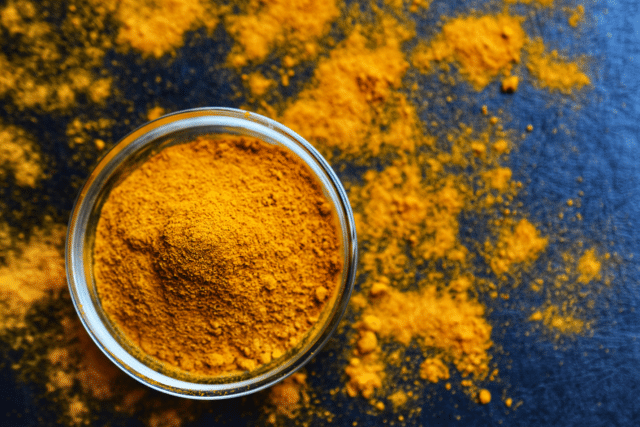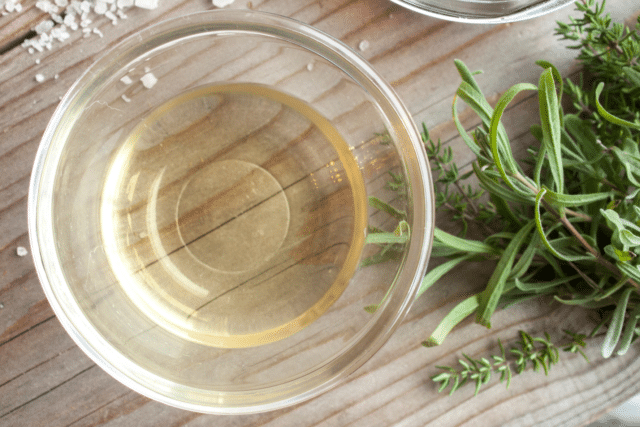‘Tis the season to be merry. It’s also potentially the season to be messy, with parties, social gatherings, and many opportunities to over-indulge. Whilst the festive period can offer an excuse to treat yourself and let go for a bit, it can also challenge your healthy lifestyle.
Here are some tips and recipes to keep the fun factor up and the excess calories down this Christmas.
1. Set achievable goals
Set goals that are achievable and align with maintaining your current weight rather than significant weight loss.
Or better yet, put those extra calories to work and focus on building muscle during this time.
2. Remain active
Try to be consistent with your exercise. Even amidst the mad holiday rush, aim for gym sessions or some form of exercise to ensure it’s a priority, even during busy times. Incorporate activities like beach walks to keep moving, pack a skipping rope and resistance band in your holiday suitcase, and mix up your cardio and strength training to maintain muscle mass and burn calories.
3. Stay hydrated
Hydration (of the water variety) is crucial for the functioning of every cell and is one of the key markers that Coach Sarah Barty looks at improving for participants doing the MHQ Body Composition Program.
This is because it’s one of the key nutrients required for detoxification, which may come in handy with all those Christmas parties!
4. Accountability and support
Remember your MHQ crew is your support system. Whether it’s your workout buddies, your coach or a friend or family who shares your health goals, having support can help you stay motivated and less judged when you reach out for soda water instead of champagne bubbles.
5. Rest, recover, reset
The hustle and bustle of the holidays or just life itself can lead to stress and fatigue. Use this time for down-time if you can. Try to prioritise adequate sleep without feeling guilty, manage stress through relaxation techniques, and prioritise self-care and socialisation to support your overall well-being.
6. Plan ahead for events
Before attending holiday gatherings, consider eating a small, nutritious meal or snack. This can prevent you arriving overly hungry, reducing the temptation to overeat those tasty chocolate covered nuts you didn’t really want in the first place.
7. Mindful eating
This is where it’s easy to get carried away. Try to be conscious of portion sizes, savor each bite, and listen to your body’s hunger and fullness cues. Enjoy your favourite holiday treats in moderation whilst balancing them with healthier options.
Go for nutrient-dense foods like fruits, vegetables, lean proteins, and whole grains whenever possible. Fill your plate with vegetables and lean proteins first. This can help control portion sizes and ensure a balanced intake of nutrients.
If you go over-board with the treats, don’t stress – just jump back on the healthy bandwagon again as soon as you can.
Need some healthy Christmas inspo? Try these awesome holiday recipes.
Quinoa-Stuffed Roasted Capsicum

Ingredients
- 4 large capsicums (assorted colors)
- 1 cup quinoa, cooked
- 1 can black beans, drained and rinsed
- 1 cup corn kernels (fresh or frozen)
- 1 cup cherry tomatoes, halved
- 1 small red onion, finely chopped
- 1 tablespoon olive oil
- 2 cloves garlic, minced
- 1 teaspoon cumin
- 1 teaspoon paprika
- Salt and pepper to taste
- Fresh coriander or parsley for garnish
Instructions
- Preheat oven to 190°C
- Cut the tops off the capsicums and remove seeds and membranes. Place them in a baking dish
- In a pan, heat olive oil over medium heat. Add garlic and onion, sauté until translucent
- Add cherry tomatoes, black beans, and corn. Cook for a few minutes
- Stir in cooked quinoa, cumin, paprika, salt, and pepper. Mix well
- Spoon the quinoa mixture into each capsicum until they are full
- Cover the baking dish with foil and bake for 25-30 minutes until the capsicums are tender
- Garnish with fresh coriander or parsley before serving.
Cranberry Pistachio Energy Bites
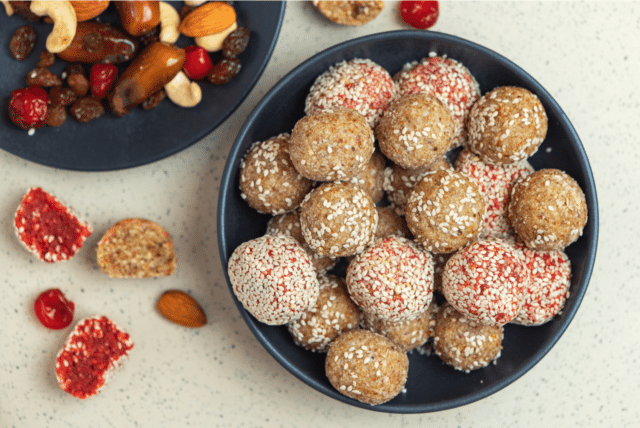
Ingredients
- 1 cup rolled oats
- 1/2 cup dried cranberries
- 1/2 cup chopped pistachios
- honey or maple syrup
- 1/4 cup almond or peanut butter
- 1 tablespoon chia seeds
- 1 teaspoon vanilla extract
- A pinch of salt
Instructions
- In a food processor, pulse the rolled oats until they’re finely ground
- Add dried cranberries, chopped pistachios, honey or maple syrup, almond or peanut butter, chia seeds, vanilla extract, and a pinch of salt to the food processor.
- Blend the ingredients until they form a sticky, uniform mixture
- If the mixture seems too dry, add a bit more honey or nut butter. If it’s too wet, add more oats
- Once the mixture is well combined, scoop out small portions and roll them into bite-sized balls using your hands
- Place the energy bites on a parchment-lined tray (with option to cover with sesame seeds) and refrigerate for about 30 minutes to set.
Baked Apples with Cinnamon
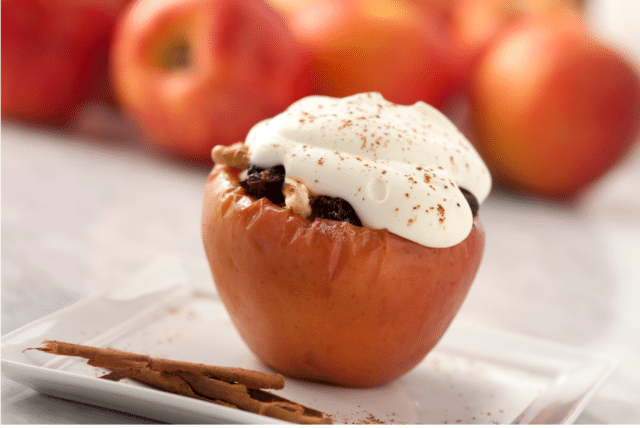
Ingredients
- 4 apples
- 1/4 cup chopped nuts (walnuts, almonds, or pecans)
- 2 tablespoons maple syrup or honey
- 1 teaspoon cinnamon
- 1/4 cup dried cranberries or raisins (optional)
- Greek yogurt or vanilla ice cream (optional topping)
Instructions
- Preheat oven to 190°C.
- Core the apples, removing the seeds and creating a well for filling
- In a bowl, mix the chopped nuts, maple syrup or honey, cinnamon, and dried cranberries or raisins if using
- Stuff each apple with the nut mixture, packing it i.
- Place the stuffed apples in a baking dish and cover with foil
- Bake for 25-30 minutes or until the apples are tender. Serve warm with a dollop of Greek yogurt or a scoop of vanilla ice cream if desired.
These recipes offer a blend of flavours, packed with fiber, healthy fats, and nutrients from nuts, seeds, fruit and vegetables. They provide a burst of energy without excess sugar and are perfect for maintaining a healthy balance during the festive season, whilst allowing you to enjoy delicious holiday meals and snacks.
Want to know more or try 14 days of classes for just $49? Reach out right here!

